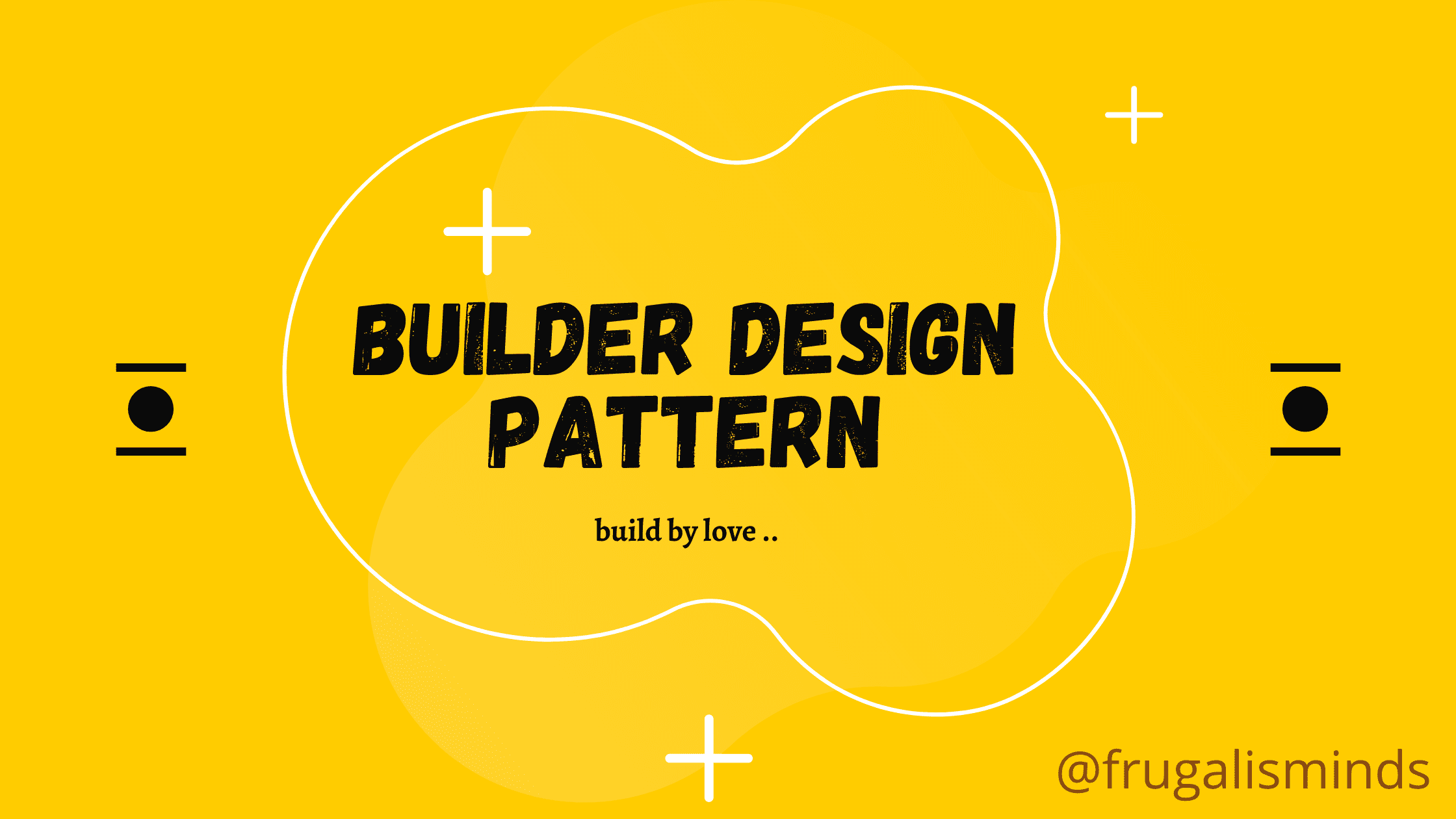What is Builder Design Pattern ? Why we should care about it ?
Starting from Creational Design Pattern, so wikipedia says “creational design pattern are design pattern that deals with object creation mechanism, trying to create objects in manner that is suitable to the situation”.
The basic form of object creations could result in design problems and result in complex design problems, so to overcome this problem Creational Design Pattern somehow allows you to create the object.
Builder is one of the Creational Design Pattern.
When to consider the Builder Design Pattern ?
Builder is useful when you need to do lot of things to build an Object. Let’s imagine DOM (Document Object Model), so if we need to create the DOM, We could have to do lot of things, appending plenty of nodes and attaching attributes to them. We could also imagine about the huge XML Object creation where we will have to do lot of work to create the Object. A Factory is used basically when we could create the entire object in one shot.
As Joshua Bloch (He led the Design of the many library Java Collections Framework and many more) – “Builder Pattern is good choice when designing the class whose constructor or static factories would have more than handful of parameters”
While considering the pattern you need to look whether Object is having –
1. Complex Constructor : Multiple constructor having multiple parameters with nested Object. Let’s say you love Pizza (PS : I Love Burger ) . We might have encountered time in where we need customise Object(pizza).
This is called Telescoping Constructor Pattern and problem with this is once constructor have more than 4-5 arguments it is hard to remember the order of parameters. (Although some IDE solves this problems)
One alternative to this problem is we could use JAVABean Pattern where you call constructor with required argument and use setter afterwards –
The Problem is with that Object is created on several calls, it may be in inconsistent state partway through its construction.
2. Large Number of Parameter – Having large number of parameters is also key point to consider.
3. Immutability – You could force the immutability to the object once it is done.
Let’s see any example and learn how to implement the builder pattern :
Things are simple when we have 4-5 parameters but eventually becomes messy when we have more than this.
Convert to Builder Pattern : Let’s now add extra fields to the to the POJO and convert it into Builder Design. Create the static anonymous inner class name Builder to the POJO, why static because we want to return or use the current object. Add same fields of POJO and setter of each field with return type of Builder Class. Lastly add the build() method which will return the Object of our POJO.
The resulting builder create code:
Pros :
- Code is more readable and maintainable if number of property are more than 4-5 in class.
- You can force the Immutability to the Object by not creating the setter() in POJO and only allowing the getter() in POJO.
- Robustness to the code as fully constructed object will be available always.
Cons :
- It increases the code duplication in the class well it can be improved with library like Project Lombok.
So How was your Pizza, Keep Building, Keep Coding.
Connect with us at LinkedIn –








